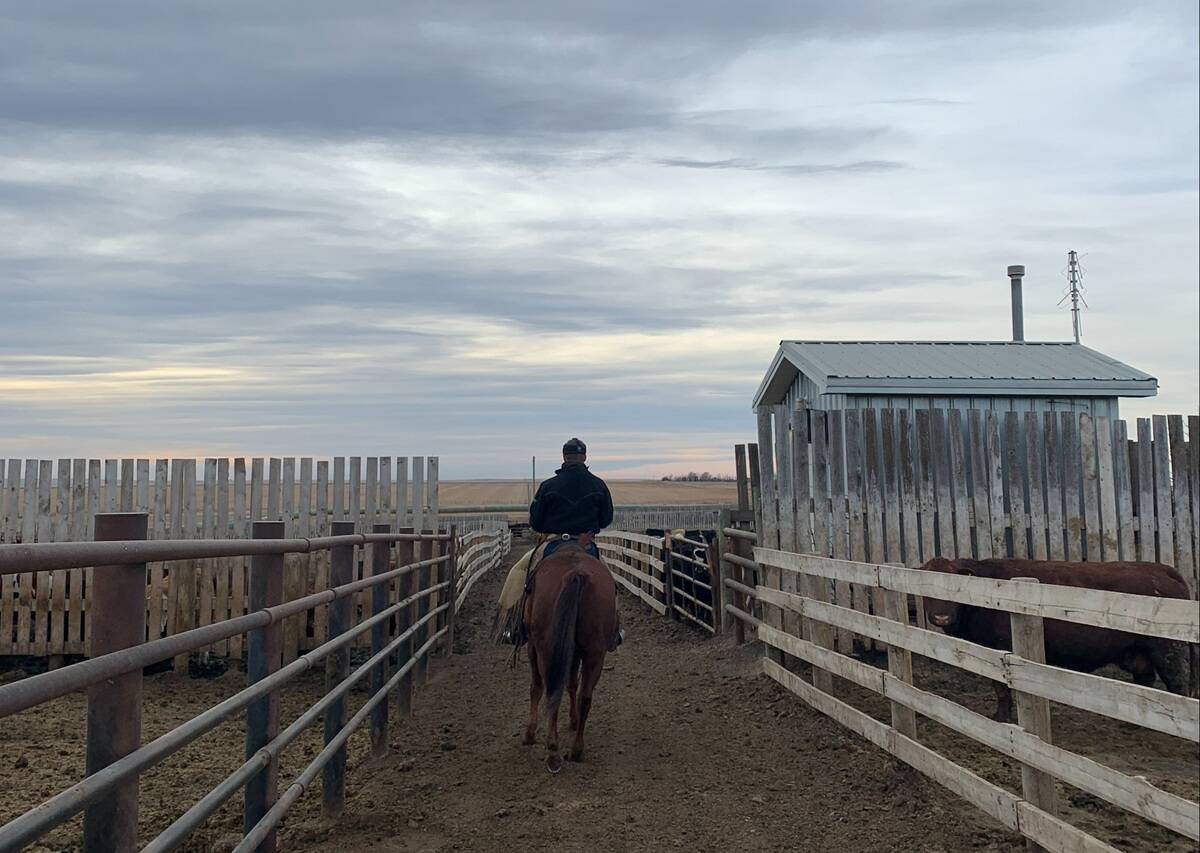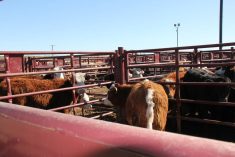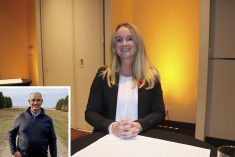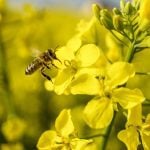The McIntyre Ranch, a 55,000-acre ranch in southern Alberta, is one of the largest pieces of unbroken native grassland left in Canada. A conservation easement announced this spring between the owners of the ranch, Nature Conservancy of Canada and Ducks Unlimited Canada, means it will remain unchanged forever.
“The easement means it will never be cultivated and we will not have wind farms and solar farms. We are keeping something natural, the way it used to be 10,000 years ago. The grasslands of the McIntyre Ranch have changed very little since the bison were eradicated from these lands,” said Ralph Thrall III, who owns the ranch along with his three siblings.
Standing on a hill and looking over thousands of acres of rough fescue and mixed grasslands, hawks screeching overhead, cattle grazing in the distance, you can almost imagine what the Prairies looked like a century ago. With less than 20 per cent of native prairie grasslands remaining and pressure to turn grass into farmland, the easement has ensured the grassland and wetlands of the ranch will remain unchanged while still allowing a working cattle ranch.
Read Also

Pen riders still better than tech at detecting respiratory disease in feedlot cattle, says researcher
Recent research found that pen riders are better than tech at flagging signs of BRD in feedlot cattle
“This is a unique property. This means it is going to remain grassland forever,” said Thrall, of the property, about 40 minutes south of Lethbridge.
- PHOTOS: On the grounds of McIntyre Ranch
Conserving the grass on the ranch was a priority for William McIntyre, a Texas cattleman who acquired the land in 1894 and it’s a priority for the Thrall family, who bought the ranch from the McIntyre estate in 1947.
“They (the McIntyres) saw the overgrazing coming up from Texas through the Midwest and I describe them as pioneer conservationists. That is the legacy they started for the McIntyre Ranch and that our family continues.”
The conservation easement between the Thrall family, Ducks and NCC is the largest conservation easement in Canadian history. It ensures the land will continue to be grazed by livestock, but also home to more than 150 species of birds, mammals, amphibians, reptiles and fish. A survey showed 27 species of concern living on the ranch.
“This is a win, not just for sustaining cattle ranching, but also for conservation. This is how the Prairies used to be,” said Tom Lynch-Staunton, NCC’s Alberta regional vice-president.
“The importance of being able to work with a ranch like the McIntyre and conserve one of the largest privately owned blocks of native grassland was pretty, pretty special,” said Lynch-Staunton.
Restoring the land
Depending on the time of year, and moisture conditions, up to 8,500 head of purebred and commercial Hereford and Red Angus cattle are rotated through the fields to ensure the pasture health and longevity. But it wasn’t always that way. When Thrall took over as manager in 1990, work needed to be done to bring the property and the grass back to health.
“When I got here it was not in good shape. I was not proud of the McIntyre Ranch. I saw from an operational point. It was shameful,” said Thrall.
For the next 30 years, Thrall worked to regenerate the grass, replace fences, added cross fences, developed water bodies and streamlined the cattle herd. On the 87 sections are 225 miles of fence, 110 fields, 50 dams — including two larger Ducks Unlimited dams — dugouts and 40 developed springs that range from two to 100 gallons a minute.
“At any point in time cattle are grazing 25 per cent of the property. Through the course of a year, we would use 100 per cent, but it is rotational,” he said. Each grazing herd, whether purebreds, commercial, yearling or replacements, are rotated through a series of fields in separate areas of the ranch.
“It takes very little moisture to grow grass on the McIntyre because of the health and this management practice of leaving some.”
Striking agreements
It is with knowledge of the fragility of the grass on the ranch the Thrall family began serious discussions with the NCC in 2016 about a conservation easement. It was not the first time there had been discussions. In 1991, a year after Thrall took over managing the ranch for the family, he was approached by NCC’s Larry Simpson, who recognized the importance of preserving the grassland and understood the uniqueness of the McIntyre Ranch. The timing wasn’t right for the family, but the easement conversation continued over the next 30 years. Around the same time, Thrall was approached by Ducks Unlimited to place a deferred grazing agreement around part of the wetlands during the spring to help ensure the nesting success of birds that grazed in grasslands. The 30-year agreement began in 1991 and ended in 2021.
Thorsten Hebben, manager of provincial operations for Ducks Unlimited Canada in Alberta, said asking the ranch to defer grazing gives waterfowl time to build their nests, lay their eggs and fledge their young in the grass before the cattle are put into the sensitive wildfowl areas. The entire ranch is an important area for migrating birds.
“Our primary partners are landowners. We are not successful without landowners. We need to develop that relationship, build that trust and the deferred grazing program is one of the tools we used to get to know each other and understand each other. It takes us potentially to the next step in the conversation,” said Hebben, who believes it was that initial agreement that helped smooth the way to the larger conservation easement.
“This property is amazing. There are no words to describe it,” he said. The ranch straddles the Milk River Ridge, with half the water draining into the Missouri, and eventually the Mississippi, and half flowing north to the Arctic.
“There’s so much more here than contained in those 55,000 acres. The reach is so far beyond that.”
With such a massive land holding, neither Ducks nor NCC could raise the funds for a conservation easement project on their own. Instead, they worked together with the family, donors and government programs to ensure the easement’s success.
While each conservation easement is different, each begins with a fair market appraisal of the property. For the McIntyre Ranch, surrounded by large landowners, the pressure to develop its energy resources, recreation activities and the desire to transform the grassland into farmland are strong. Adding a conservation easement that restricts what the owners can do on the land devalues the potential sale price of the land. The difference in the before and after valuations, typically between 25 and 35 per cent loss, becomes the easement value.
“By adding the conservation easement, we have devalued the property. We have limited what we can do with it,” said Thrall.
While the terms of the McIntyre Ranch conservation easement are private, generally the conservation easement program will pay the landowner half the loss of the land value in cash and the landowner donates the rest of the easement value in exchange for a tax receipt. The Thrall donation was the largest donation in Canadian ecological gift history.
Money paid to the family for the easement is raised from donations and grants from individuals, corporations, foundations and governments.
“This is a testament to the Thrall family and wanting to make the right choice for the ranch and have this legacy that will go on for generations. It really is a gift they’re giving to society,” said Lynch-Staunton.
















